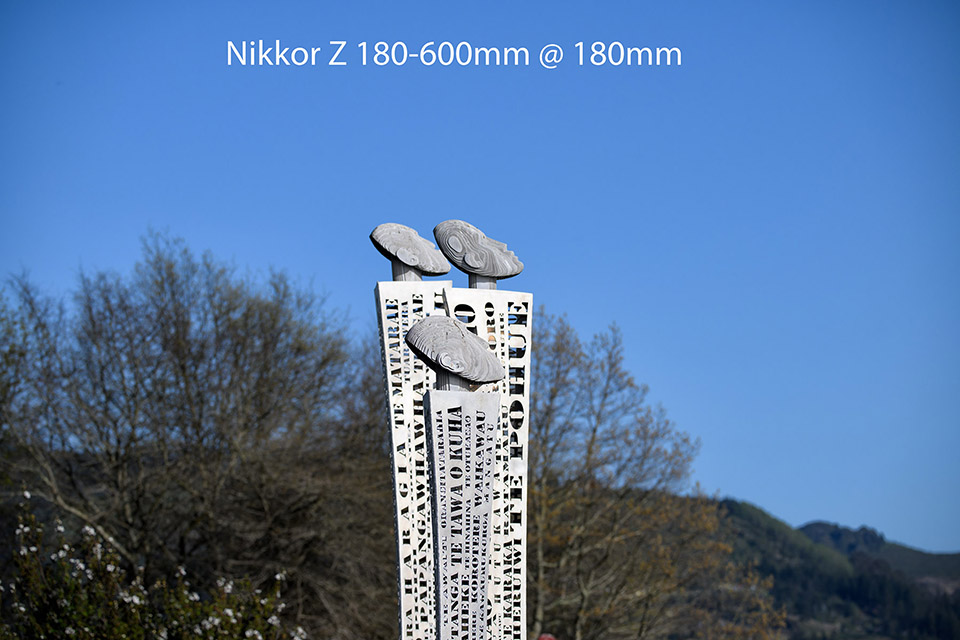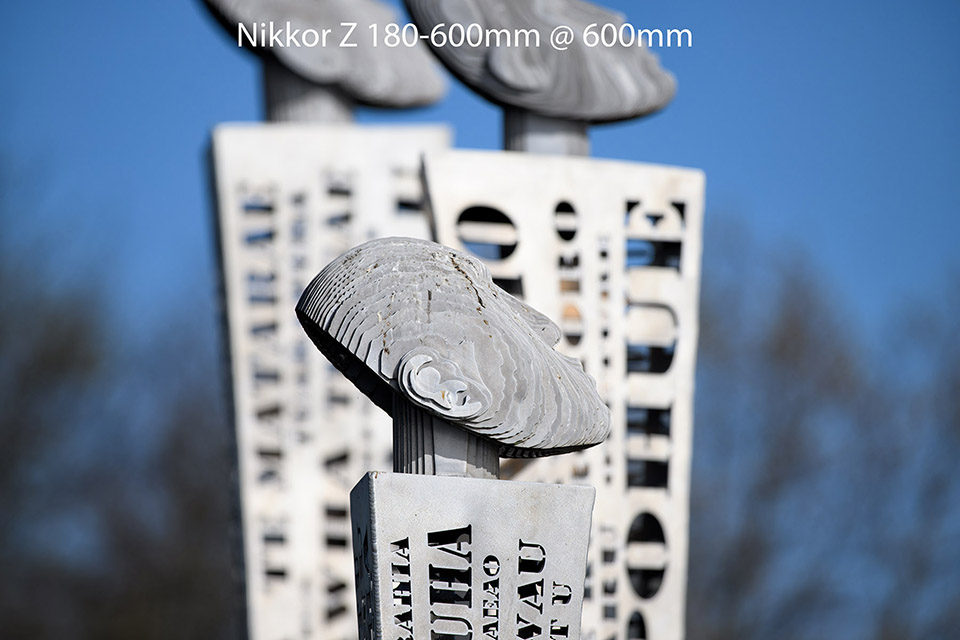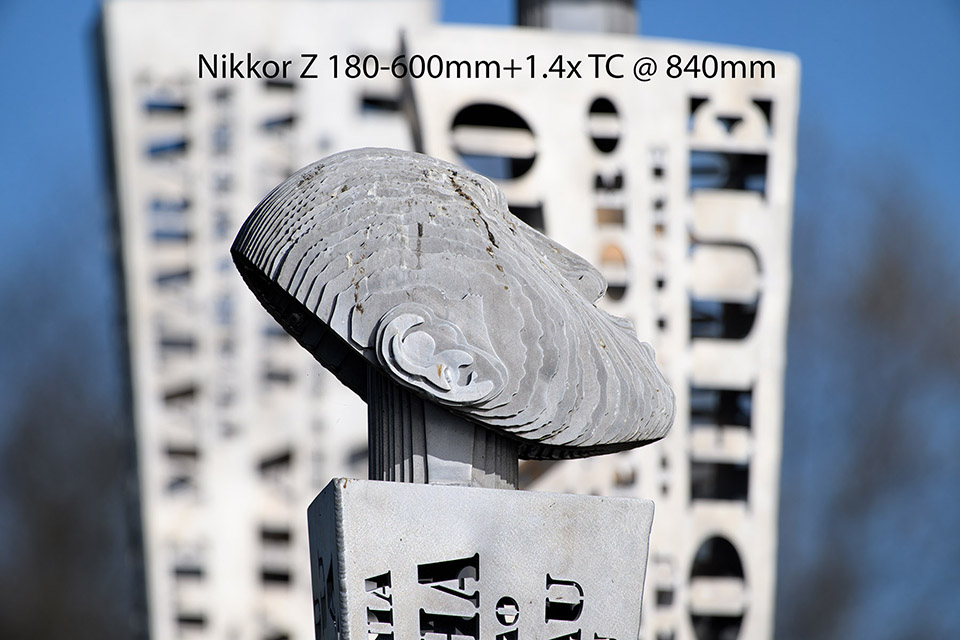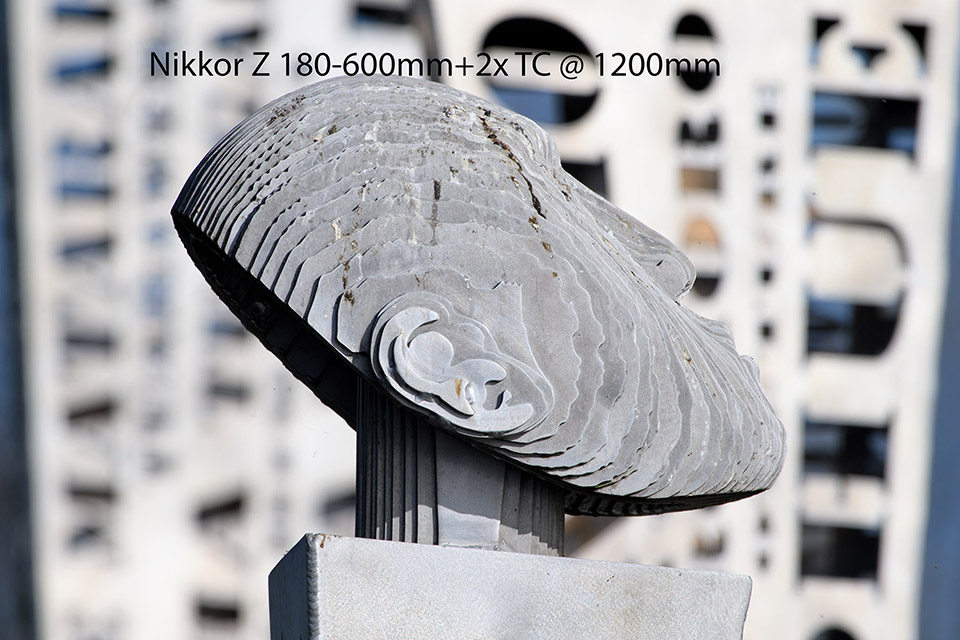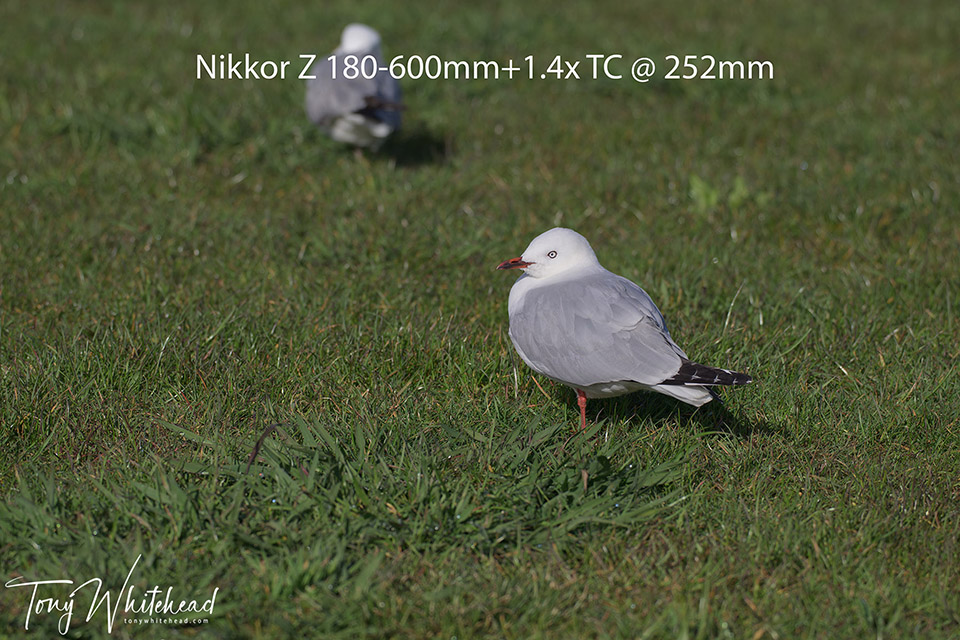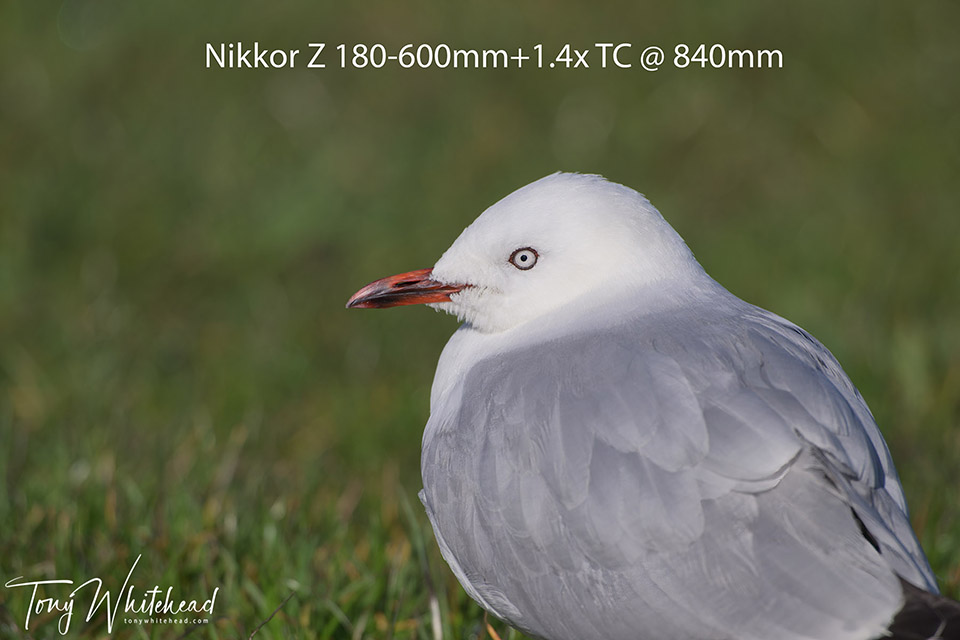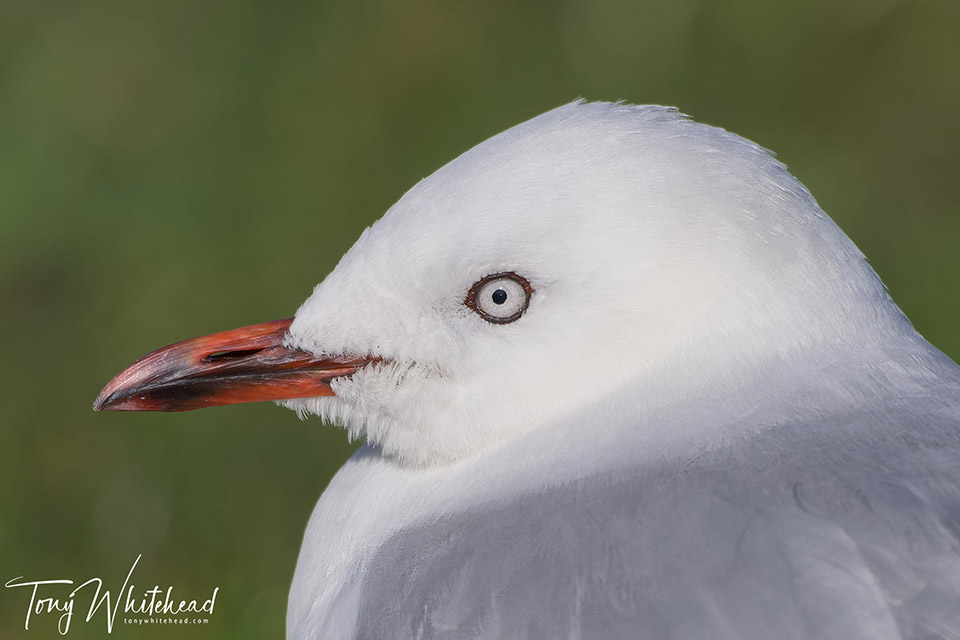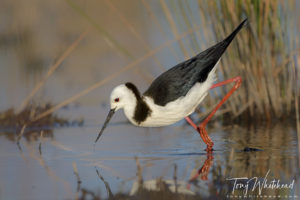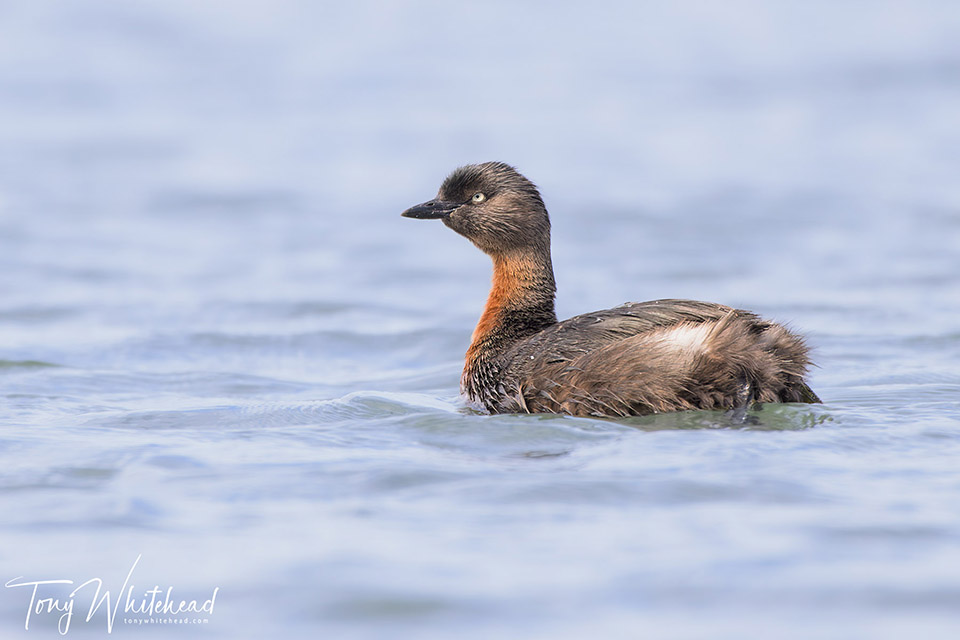
I often see questions around using teleconverters with the Nikkor Z 180-600mm f5.6-6.3 (and telephoto lenses in general) so thought I would share my impressions.
Firstly, there’s no free lunch. You will always lose a stop of light with the 1.4x and 2 stops with the 2x. This results in maximum focal lengths of 840mm f9 and 1200mm f13 so you need decent light levels. VR and IBIS let you hand hold down to slower shutter speeds than in the past and clean high ISO in modern cameras and RAW conversion also helps but you need a certain level of light to use these combinations successfully. Secondly there is going to be an impact on image quality. Everything gets magnified so even small lens issues will be magnified. The question is – are these combinations usable to achieve acceptable images?
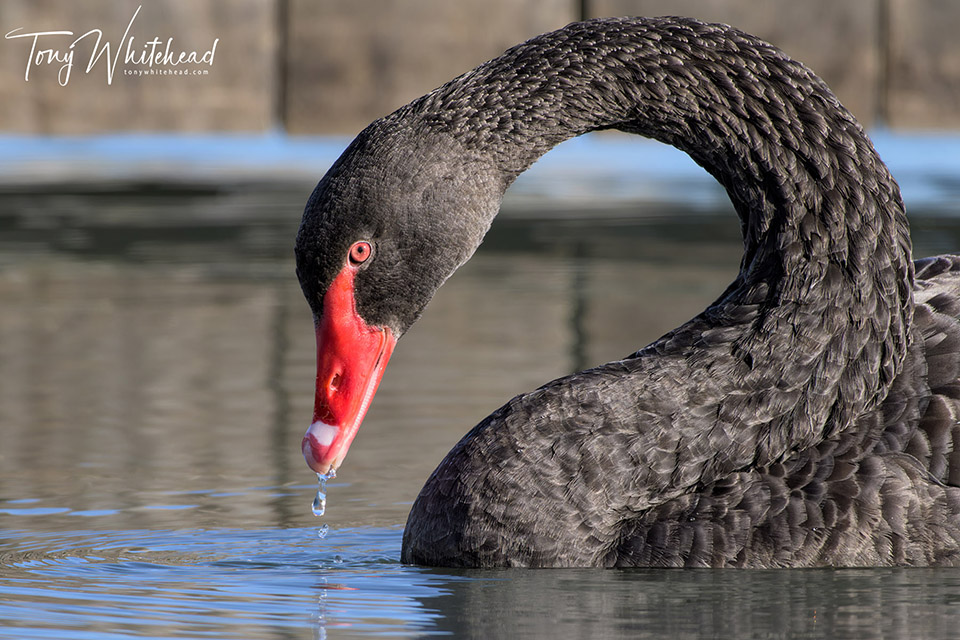
As in most situations the answer is “it depends”. It depends on a combination of light levels, subject motion (or lack thereof) allowing slowish shutter speeds, high ISO nature of your camera body and what post capture noise reduction and sharpening software you use. On top of that comes your individual tolerance for loss of sharpness.
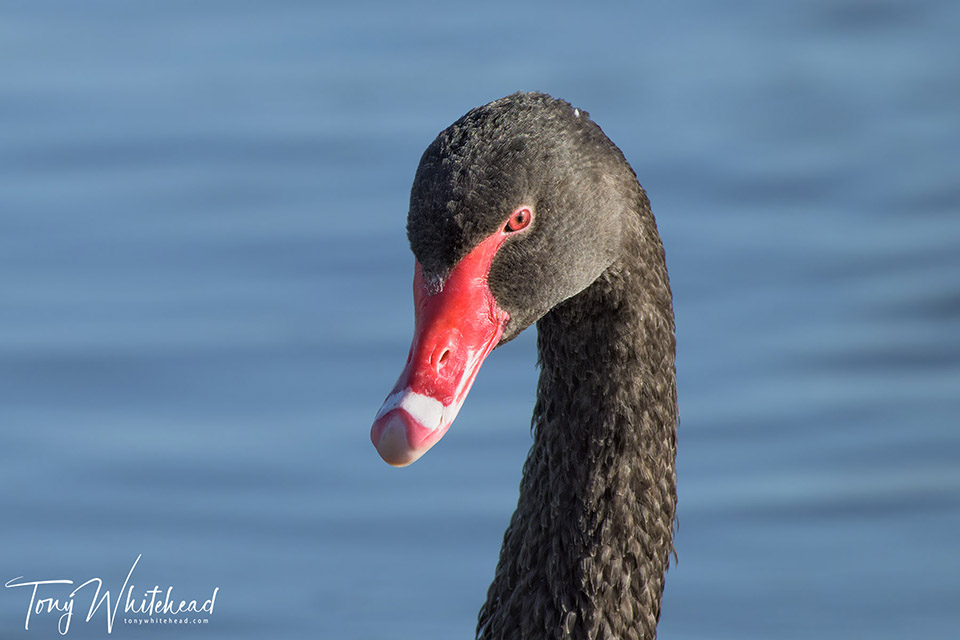
In my search for a simple travel combination that would cover most bird options adding teleconverters to the Nikkor 180-600mm would let me cover a huge range of focal lengths, potentially 180-1200mm. The following full frame images show the angle of view obtainable and perfectly acceptable sharpness in decent light. The width of the heads on these sculptures is a little larger than a large gull.
These next images show what is achievable with the 1.4x added showing the field of view change from to wide to fully zoomed in.
Sharpness is impressive with excellent fine feather details as shown in this crop from the above image.
My conclusion so far is that both combinations let me achieve acceptably sharp images at the expense of some focus speed, but only in good light conditions. Adding 1.4x is definitely a useable combination but at f13 the 2x is quite limited in use case. The 1.4x impact on sharpness is negligible so in good light I would have no hesitation adding it if I needed the reach. The 2x is a little more difficult to wholeheartedly recommend. Sharpness remains quite acceptable but the challenges of using a 1200mm f13 lens are quite constraining and I suspect using the 1.4x in DX mode or cropping in post to retain a stop of speed would result in a more useable setup. Compared to the F mount teleconverter the Z mount versions are definitely a step up in image quality but the inescapable sacrifice of stops of light limits usefulness in many situations. The bright light situations that allow use of the 2x are often not ideal for making pleasing images. In addition, bright light often goes with heat which adds heat haze to the equation and this is even more of an issue with increasing focal length.
Beginning wildlife photographers often will be tempted by a 2x teleconverter as a cheaper way of achieving focal length without fully appreciating the compromises it entails. A 1.4x teleconverter is a much more versatile option and probably a better bet. I would probably use my 1.4x at least 20 times for every time I use my 2x which only comes out for very specific circumstances.
